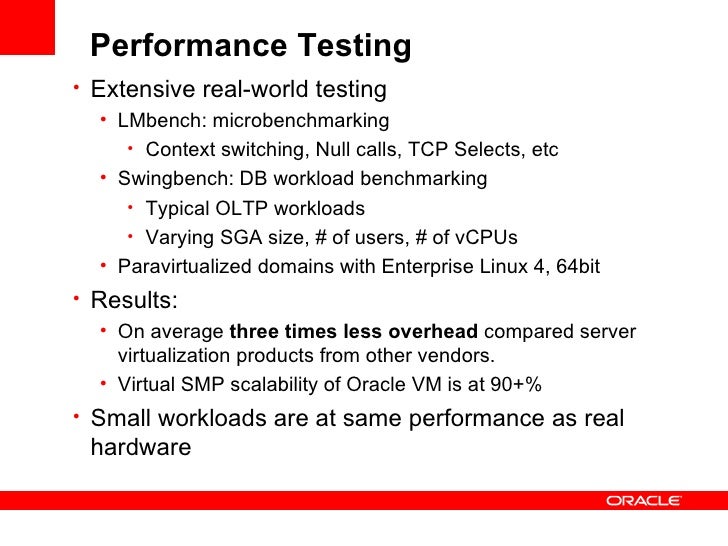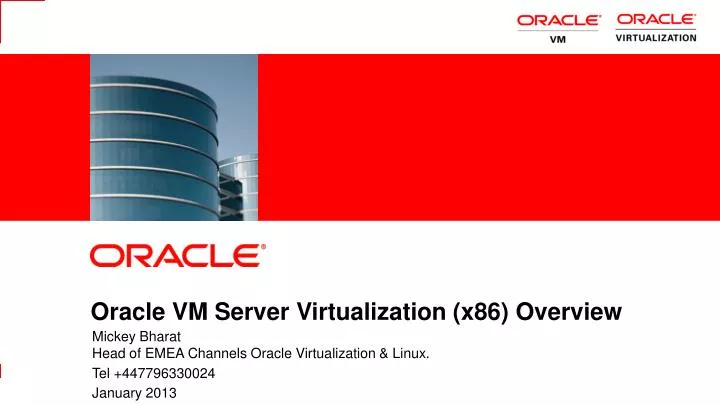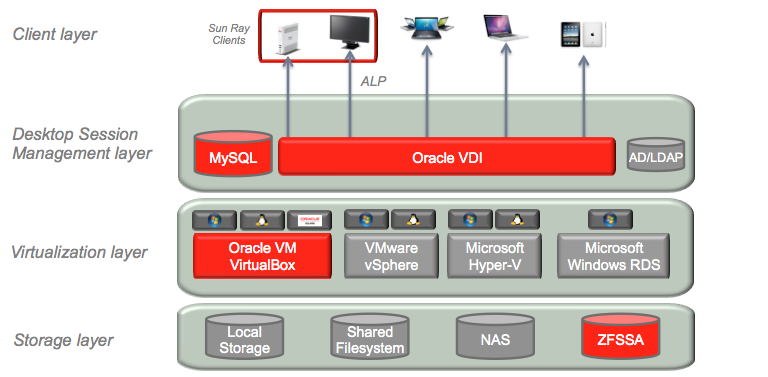

The *Name and Description can be whatever you like, it is merely aesthetic and will not affect functionality. If you feel like downvoting because it didn't work, or say "this didn't work for me" in the comments, I'm betting you skipped a step here. Right-click in the empty list to the right and left-click on Create New Task.: Name the folder something memorable, like User Custom and hit OK (if you already have an existing folder that you would prefer to use, that's fine as well, skip to the next paragraph instead):Ĭlick your newly created folder, in my case User Custom, to highlight it.

Inside the task scheduler, we're going to see a structure tree on the left side. Create a task in Task Schedulerįirst click the start button and type "task scheduler" without the quotes. You can confirm this by checking VirtualBox Manager itself:

The folder name above generally reflects the virtual machine name. Navigate to C:\Users\YourUserNameHere\VirtualBox VMs This requires a couple of pretty easy steps, but I will explain them in detail to ensure anyone from with any technical background can set this up: The truly most-consistent option is to use Task Scheduler.


 0 kommentar(er)
0 kommentar(er)
